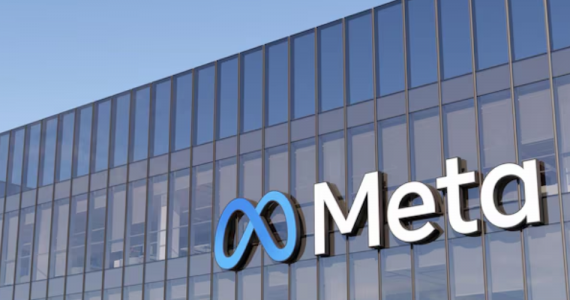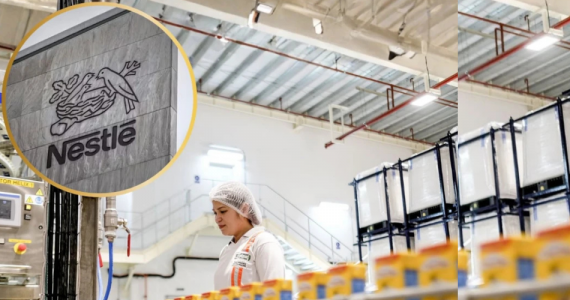Inflation is a pervasive force that touches every corner of the economy, but its impact on businesses is particularly profound. As prices rise, the effects ripple through supply chains, consumer behavior, and operational costs, challenging businesses to adapt and thrive in a shifting landscape. Understanding these dynamics is crucial for business owners navigating this economic reality. So, how does inflation affect a business? This comprehensive guide explores how inflation affects businesses and offers practical strategies to mitigate its impact.
What Is Inflation?
Inflation refers to the general increase in prices over time, reducing the purchasing power of money. It’s measured by tracking the average price rise of goods and services. For instance, if a grocery store owner notices that the cost of a basket of potatoes has risen from $50 to $60 over two years, this 20% price increase clearly indicates inflation. Essentially, inflation means that consumers’ money buys less than it did before.

Inflation can be driven by two main factors: increased demand for products and rising costs of inputs. Demand-pull inflation happens when the economy is flush with money, leading to higher spending and, consequently, higher prices. On the other hand, cost-push inflation occurs when the costs of production increase, forcing businesses to raise their prices to maintain profitability.
How Does Inflation Affect a Business?
Impact on Consumer Demand
One of the most significant ways inflation affects businesses is through changes in consumer demand. When prices rise, consumers tend to become more cautious with spending, prioritizing essential items over non-essential ones. This shift can be particularly challenging for retailers selling luxury or discretionary items, as they may see a drop in sales. A decline in consumer purchases can lead to inventory forecasting problems, causing further disruptions in cash flow and operational efficiency.

Supply Chain Challenges
Inflation also exerts pressure on the supply chain, affecting retail prices and consumer buying patterns. The COVID-19 pandemic has exacerbated these challenges, creating unprecedented demand for various goods and straining global supply chains. Increased shipping costs and delays in receiving goods have led to inventory backlogs, shorter sales windows, and quicker markdowns to clear out stock. Retailers like Feat Clothing have faced significant hurdles in opening new stores due to these delays and rising costs, highlighting the critical role of a stable supply chain.
Rising Operational Costs
Inflation drives up operational costs, impacting everything from rent to wages. Retailers may face higher energy bills, increased warehousing and order fulfillment costs, and pressure from employees seeking higher wages to cope with the rising cost of living. The average hourly wage rose significantly between 2021 and 2022, adding to the financial strain on businesses. This situation creates a challenging environment for retailers, who must balance the need to retain staff with the necessity of maintaining profitability.
Strategies to Mitigate Inflation’s Impact
Digital Sales Channels
Expanding into digital sales channels can help retailers meet consumer demand more effectively. Online stores operate around the clock, require less overhead than physical stores, and offer customers the convenience of shopping from anywhere. Integrating point-of-sale software with e-commerce platforms can streamline operations and provide valuable consumer data to refine marketing strategies.
Inventory Management
Improving inventory management is crucial in mitigating the effects of inflation. Automated inventory management software can help retailers avoid overstocking underperforming items and ensure popular products are always available. This approach reduces waste and improves cash flow by aligning inventory levels with actual consumer demand.
Cost Management
Identifying and addressing inefficiencies in business operations can also help mitigate the impact of inflation. Reviewing fixed and variable costs, such as rent, electricity, and advertising, can uncover areas for potential savings. Negotiating better terms with suppliers or landlords and reallocating resources to more effective marketing channels can help businesses maintain profitability.

Customer Focus
Maintaining a strong focus on customer satisfaction is essential during periods of inflation. Quality customer service and a positive shopping experience can drive brand loyalty and word-of-mouth referrals, even when consumers are more price-sensitive. Understanding what matters most to customers and tailoring the shopping experience to meet their needs can help retailers retain their customer base and navigate the challenges posed by inflation.
By leveraging digital sales channels, improving inventory management, and focusing on cost efficiency and customer satisfaction, businesses can better withstand inflation pressures and continue to thrive.





